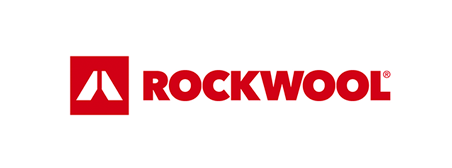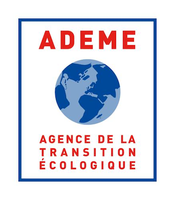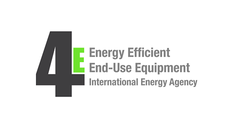Search eceee proceedings
Modelling pathways towards a climate-neutral EU industry sector
Panel: 9. Deep decarbonisation of industry
This is a peer-reviewed paper.
Authors:
Khaled Al-Dabbas, Fraunhofer Institute for Systems and Innovation Research, Germany
Tobias Fleiter, Fraunhofer Institute for Systems and Innovation Research, Germany
Matthias Rehfeldt, Fraunhofer Institute for Systems and Innovation Research, Germany
Marius Neuwirth, Fraunhofer Institute for Systems and Innovation Research, Germany
Andrea Herbst, Fraunhofer Institute for Systems and Innovation Research, Germany
Abstract
To attain climate neutrality by 2050, the European industry must achieve significant reductions in greenhouse gas emissions. The EU's Green Deal with the new 55 % reduction target by 2030 and the ‘Fit for 55’ package set the frame for the transition. The Fit-For-55 package is accompanied by an impact assessment that includes scenario analyses for the development of the EU energy system until 2030. A perspective Beyond 2030 is not published, but essential to understand the need to achieve climate neutrality by 2050.
Here, we develop two scenarios for the industry sector to benchmark the scenarios published by the EU. We extend our scenarios towards 2050. One scenario reflects current policies (not yet including the proposed fit-for-55 package) and a second scenario that is in line with meeting climate neutrality by 2050 (Mix95). We use the industry-sector simulation model FORECAST. The model calculates energy demand and GHG emissions pathways based on assumptions about policy instruments like CO2 prices or investment grants with a high technology detail.
Results show that the current policy scenario is not in line with the Green Deal target and is far from reaching climate neutrality by 2050. The Mix95 Scenario achieves ~95 % GHG reduction by 2050. To meet this reduction, various strategies are necessary. A fast and comprehensive switch to electricity and hydrogen is driven by higher CO2 prices and OPEX support. Driven by the electrification of process heating, electricity demand increases significantly to ~1600 TWh by 2050 starting from 1018 TWh in the year 2018. Also, hydrogen sees a rapid uptake to reach 811 TWh by 2050 prioritizing use in steelmaking and chemical feedstocks. CCS and CCU are used to capture the remaining process emission in the cement and lime production resulting in 75 Mio. t CO2 captured in 2050. Effective instruments for circularity and material efficiency reduce the production of energy-intensive goods and thereby the demand for CO2-neutral energy carriers.
Downloads
Download this presentation as pdf: 9-348-22_Khaled_pres.pdf
Download this paper as pdf: 9-348-22_Al-Dabbas.pdf
Panels of
1. Dynamics of consumption: less is more?
2. Efficiency and beyond: innovative energy demand policies
3. Policy, finance and governance
4. Monitoring and evaluation for a wise, just and inclusive transition
5. Towards sustainable and resilient communities
6. Energy-efficient and low-carbon mobility for all
7. Policies and programmes for better buildings
8. Innovations in products, systems and building technologies



























